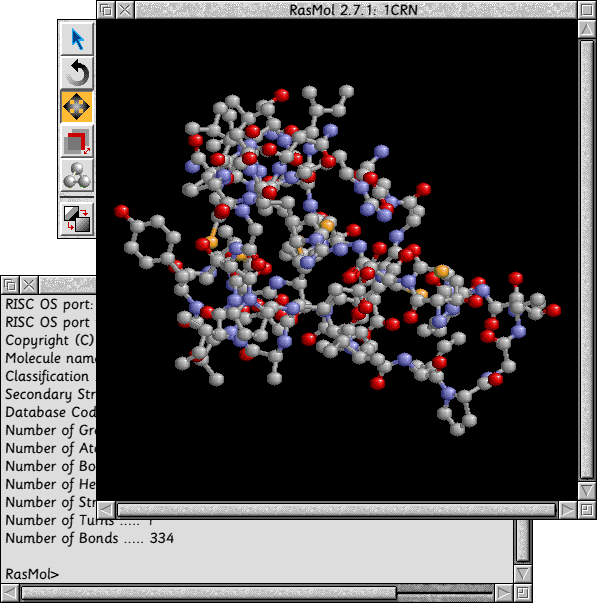Assalamualaikum w.b.t
Hi everyone! Today we are going to share with you about XML. Actually,
what is XML?
XML is stand for Extensible Markup Language ,which is created to structure, store, and transport information. XML is only just Plain Text and nothing special. Besides that, the software that can handle plain text can also handle XML.
| Function of XML |

The most important part in this topic of XML is XML is not a Replacement for HTML.
It is important to understand that XML is not a replacement for HTML. In most web applications, XML is used to transport data, while HTML is used to format and display the data.
Table 1: Difference between XML and HTML
| XML | HTML | |
| Definition | Markup language defines a set of rules for encoding documents that can be read by both humans and machines. Designed with focus on storing and transporting data | Markup language for displaying web pages in a web browser. Designed to display data with focus on how the data looks |
| Date when invented | 1996 | 1990 |
| Type | Dynamic | Static |
| Language Type | Neither presentation, nor programming | Presentation |
| Tags | Custom tags can be created by the author | Predefined |
2) In HTML, you will often see elements that don't have a closing tag:
–<p>This is a paragraph
<p>This is another paragraph
3) In XML, it is illegal to omit the closing tag. All elements must have a closing tag:
–<p>This is a paragraph</p>
<p>This is another paragraph</p>
For more information on XML, you may click the link below to go through the portal:
Last but not least, hope that you will understand what is XML and the know the difference between XML and HTML. Happy holiday!
" Learn to get in touch with the silence within yourself, and know that everything in life has purpose. There are no mistakes, no coincidences, all events are blessings given to us to learn from."
Elisabeth Kubler-Ross



